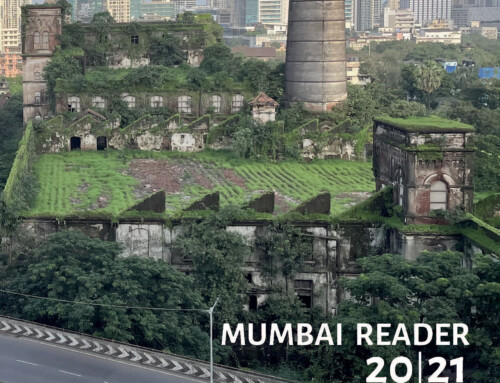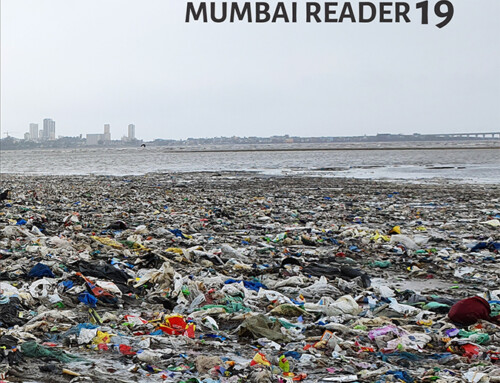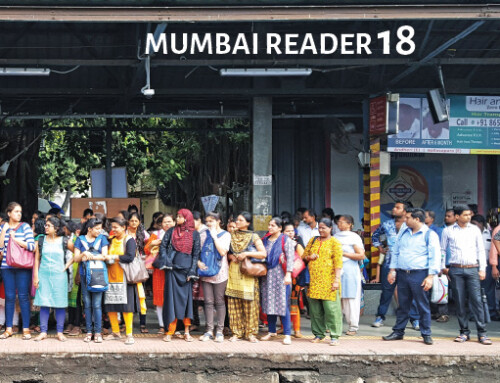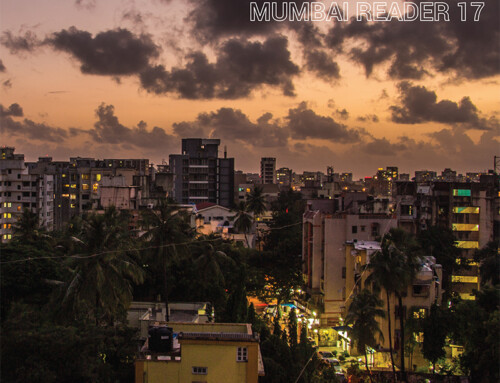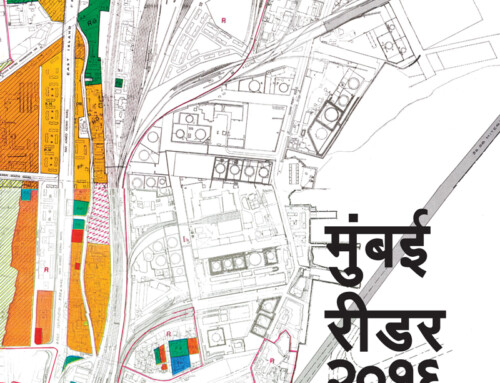Project Description

MUMBAI READER 2009
Mumbai Reader’09 is available for reference and purchase at UDRI Resource Centre.
PREFACE
The difficulty in representing Mumbai now is that there is always
This work is licensed under a Creative Commons Attribution-NonCommercial-NoDerivatives 4.0 International License.
Attribution-NonCommercial-NoDerivs
CC BY-NC-ND
TABLE OF CONTENTS
- India’s New Urban Policy and Contemporary Urban Planning: Socio-Spatial Injustices in Mumbai’s Redevelopment
- Issues, Challenges and the Changing Sites of Governance: Self Organising Networks in Mumbai.
- Dynamic Municipal Commissioner Unleashes Senior Citizens Civic Movement
- Planning for Mumbai: The Neighbourhood way Case Study -‐ ‘Vision Juhu’
- Politics of Urban Space in Mumbai: ‘Citizens’ Versus The Urban Working Poor
- No Vacancy
- Dharavi: Adjusting to the Urban Poor.
- Learning From Dharavi
- Mumbai’s Biggest ‘Slum’ Deserves Its Own Award: Protection as a UN World Heritage Site
- Development Control Regulations No.33.
- Building Boomers and Fragmentation of Space in Mumbai
- Urban Renewal and Its Implications to Resettlement & Rehabilitation (R&R)
- From The Margins: The Experiences of Low Income Communities In Mumbai vis-à-vis Changing patterns of Basic Service Delivery.
- Access to Civic Amenities in Slums of Mumbai
- Urban Design Research Institute
- Security Provision in Slum Re‐Settlement Schemes in Mumbai – A Case Study of the Lallubhai Compound Settlement, Mankhurd
- Walkability in Mumbai
- A Study of Trust Buildings.
- Spectacular Transports in London.
- Anger management.
- Ornament and Crime.
- Metro under execution.
- Monorail/ Wadala Truck Depot/ Mumbai Urban Transport Project.
- Traffic Congestion in Mumbai: Will public authorities take the opportunity to leapfrog?
- Folly on private wheels + Invisible environmentalists
- Letter to CM Ashok Chavan in regards to stay on Caretaker Policy.
- The Many Crosses of the Cross Maidan Garden.
- Entry Restricted: Open Public Spaces in Mumbai
- Letter to the Chairman, Mumbai Heritage Conservation Committee.
- Life in a Bubble
- Skyscrapers in Mumbai: High-rise fantasies.
- Million Dollar Apartments, But No Place To Call Home (Housing in the City of Extremes)
- Uncovering Portuguese histories within Mumbai’s Urban History.
- The Death of Mumbai University+ whose Mumbai, Meri Jaan?
- Bombay, or What’s Left of it.
- Planning Fable/ Evolution of Currency in Mumbai/ Three Short Stories.
- Slum as Theory
